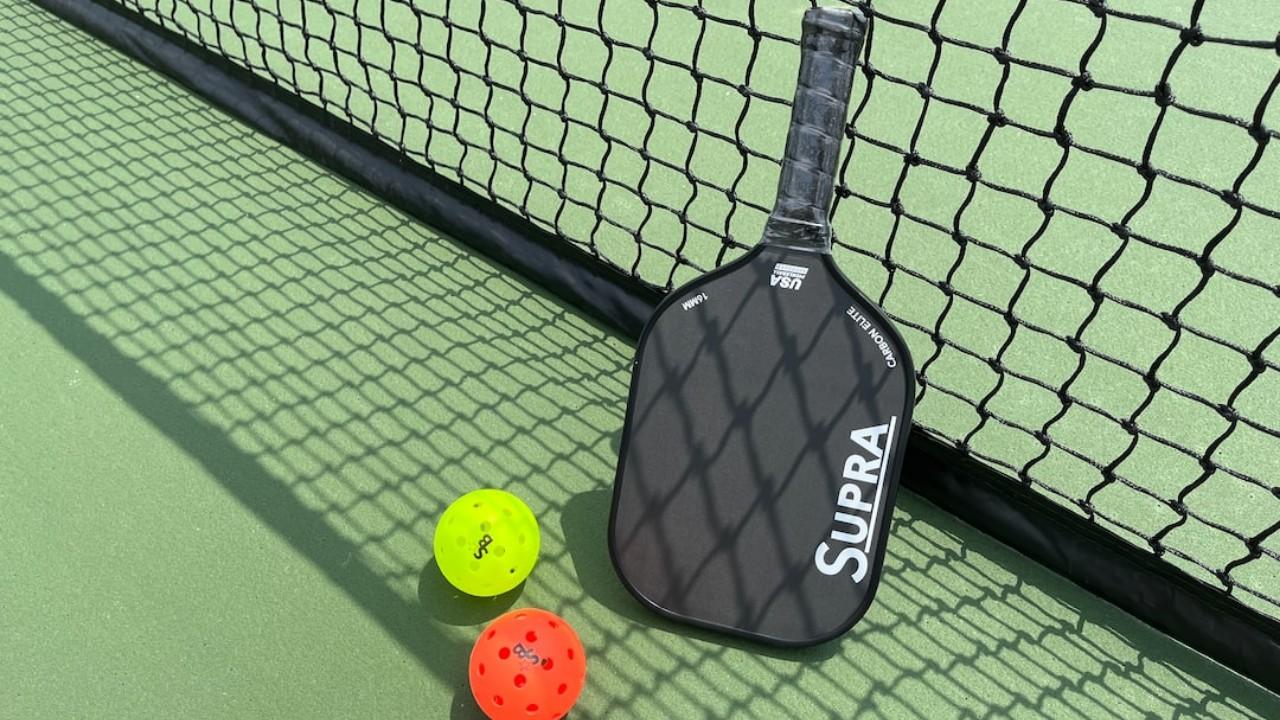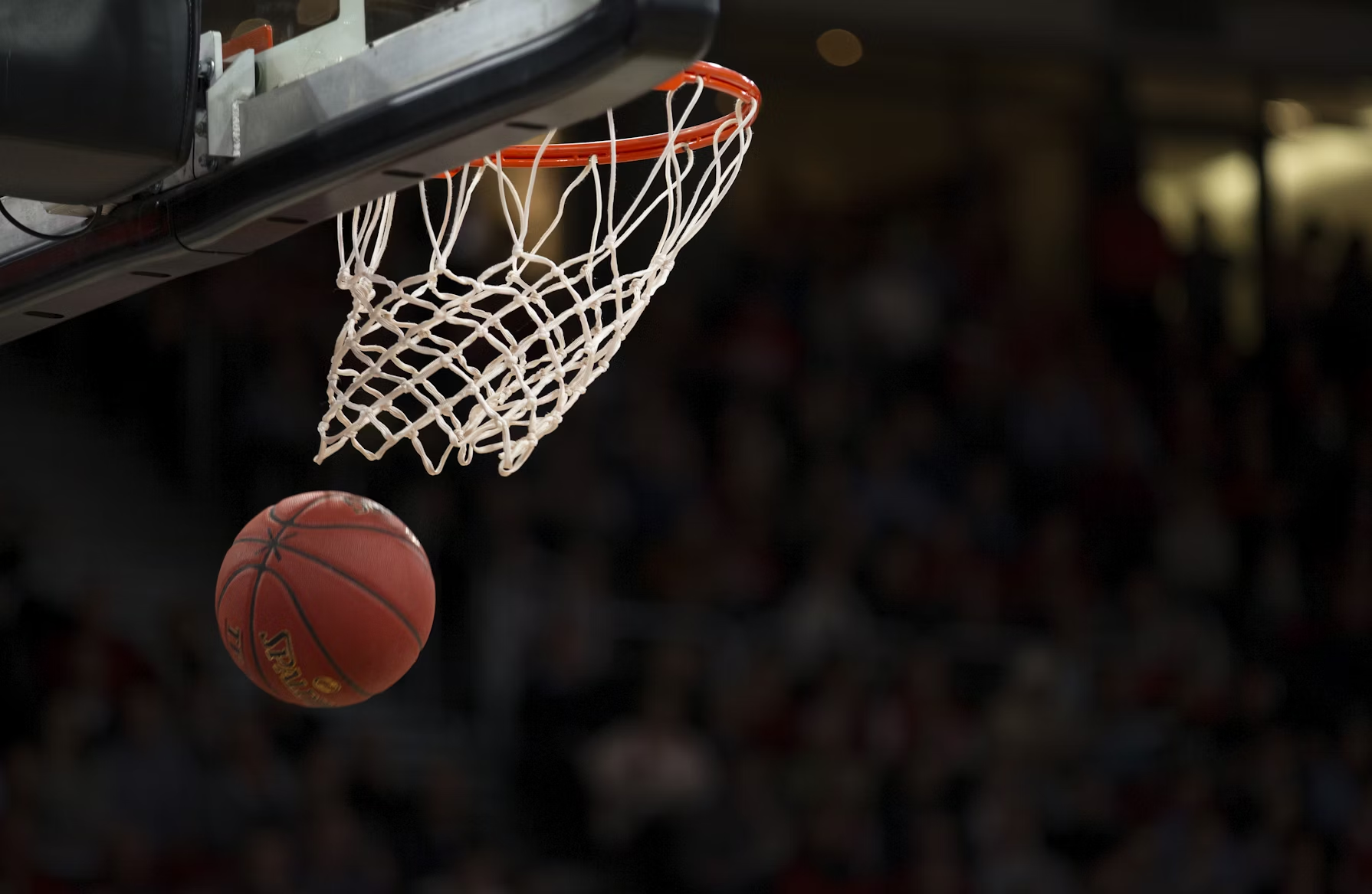Introduction
Pickleball, a sport that marries elements of tennis, badminton, and table tennis, has become a national sensation in the United States. With its growing popularity, it’s important for players, both beginners and veterans, to understand the rules and regulations set forth by the USA Pickleball Association (USAPA). In this article, we will provide a detailed overview of Unravelling the USA Pickleball Rules, ensuring that you’re well-equipped to enjoy this exciting sport to its fullest.
Court Dimensions
The standard pickleball court is a rectangular area, measuring 44 feet in length and 20 feet in width for doubles play. For singles play, the width is reduced to 22 feet. The court is divided into several key areas:
- Baseline: This is the back boundary of the court.
- Non-Volley Zone (NVZ): The NVZ, often referred to as “the kitchen,” spans a 7-foot region on either side of the net. Players are not allowed to volley (hit the ball in the air without it bouncing) within this area.
- Center Line: It runs parallel to the sidelines and divides the court into two equal halves.
- Sideline: These lines mark the sides of the court.
Equipment
Pickleball equipment is relatively uncomplicated, making it accessible for players of all ages. The essential gear includes:
- Paddle: Pickleball paddles are flat and solid, typically constructed from wood or composite materials. These paddles must conform to specific size and weight regulations stipulated by the USAPA.
- Ball: The game is played with a perforated plastic ball, resembling a wiffle ball, and must meet precise requirements for diameter, weight, and bounce.
- Net: The net is positioned at the center of the court and must maintain a height of 36 inches at the sidelines and 34 inches at the center.
Scoring
Pickleball uses a unique scoring system that is somewhat reminiscent of tennis. Games are commonly played to 11 points, and a team must win by at least two points. To score points, the serving team must serve and win a rally. The server announces the results, starting with their team’s score and then the opposing team’s score. For example, “0-0-2” indicates that the serving team has 0 points, the receiving team has 0 points, and it’s the second server’s turn.
Serving Rules
Serving is a fundamental aspect of pickleball, and the following rules are in place:
- The server must stand behind the baseline and serve the ball diagonally to the opponent’s service court.
- The ball must be struck below the server’s waist and must clear the net without touching it.
- Only the serving team can score points, and the server continues to serve until a fault is committed.
- The first server begins from the right side of the court and serves to the diagonally opposite service box.
- After losing their serve, the first server’s partner serves from the left side.
- If the serving team loses a point, they switch sides without switching servers.
- The receiver must allow the ball to bounce once in the service court before returning it. After that initial bounce, the ball can be volleyed in the air or played after bouncing.
- The server must ensure both feet remain behind the baseline until the ball is in the air.
- A “foot fault” occurs if the server steps on or crosses the baseline before striking the ball.
Volleying Rules
Volleying, or hitting the ball in the air without letting it bounce, is allowed in pickleball, subject to certain restrictions:
- Players cannot volley the ball while standing within the Non-Volley Zone (NVZ) unless the ball first bounces there.
- After the ball has bounced in the NVZ, players are free to move into the zone and continue to play from there.
- Volleys must be executed with both feet behind the NVZ line.
- Both feet must be on the ground when volleying the ball; jumping or “foot faulting” while volleying is not allowed.
Double Bounce Rule
The double bounce rule is a unique characteristic of pickleball, promoting longer rallies and skillful play. This rule dictates that both sides must allow the ball to bounce once on each side before volleying it. This ensures that both teams have an equal opportunity to play at the net, enhancing the game’s engagement and competitiveness.
You must read: Sports d’endurance et clenbuterol, dianabol cure clomid
After the two initial bounces (one for the server and one for the receiver), the ball can be volleyed or played before it bounces, provided players adhere to the rules regarding the Non-Volley Zone.
Faults and Let Calls
A fault in pickleball refers to any violation of the rules. Common faults include:
- Serving out of turn or from the wrong position.
- Failing to clear the Non-Volley Zone when volleying.
- Engaging in volleys with one’s feet in the air.
- Not allowing the ball to bounce once in the service court before returning it.
In casual or friendly matches, players often make “let” calls when minor rule violations occur. A let call signifies that the point is replayed without any penalties, maintaining a cordial and sportsmanlike atmosphere on the court.
Conclusion
Pickleball has captured the hearts of many across the United States, providing an accessible and engaging sport for individuals of all ages. The rules and regulations set forth by the USA Pickleball Association (USAPA) are vital for ensuring fair play and upholding the integrity of the game. Understanding court dimensions, equipment, scoring, serving rules, volleying rules, and other fundamental aspects of the game is key for both beginners and seasoned players. Whether you’re a competitive player or seeking a fun and active way to spend your time, pickleball offers something for everyone. So, grab your paddle, find a partner, and head to the court to revel in the exhilarating and fast-paced game of pickleball while adhering to the rules that make it all possible. In pickleball, as in life, following the rules ensures an enjoyable and harmonious experience for all participants.






